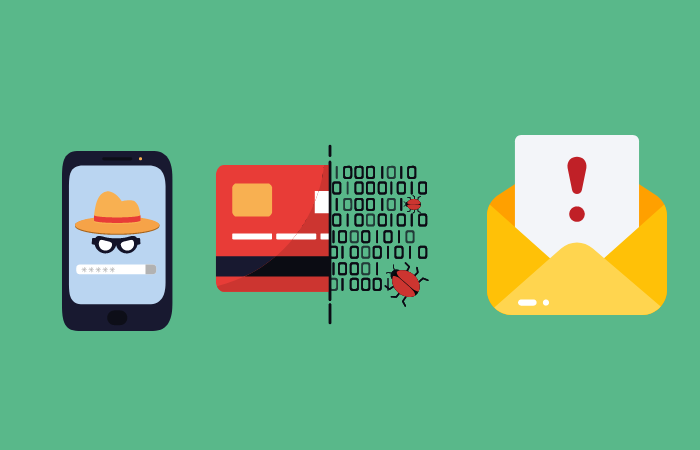
Some common types of online fraud are identity theft, credit card fraud, and email spam.
Another typical example of internet fraud targets the plethora of online dating applications and websites. Hackers focus on these apps to lure victims into sending money and sharing personal data with new love interests. Scammers typically create fake profiles to interact with users, develop a relationship, slowly build their trust, create a phony story, and ask the user for financial help[1].
This type of fraud doesn’t always involve stolen card details however. Fraudsters will also use email accounts, user accounts, names, addresses, IP addresses and personal devices to make them seem like a real customer. This can lead to fraudulent purchases, the creation of fake accounts and the manipulation of traffic[2].